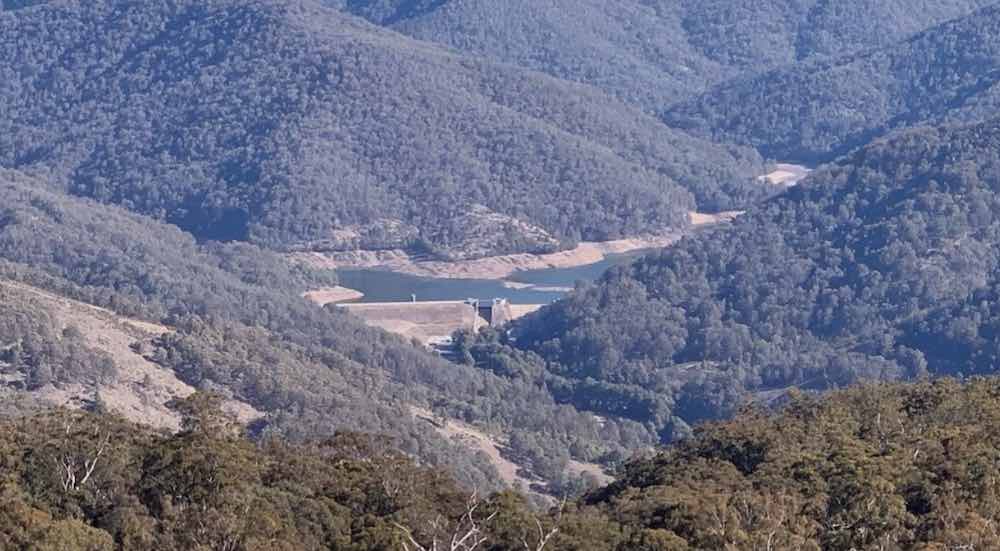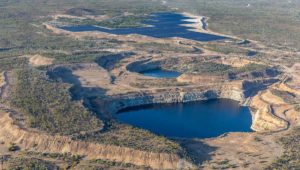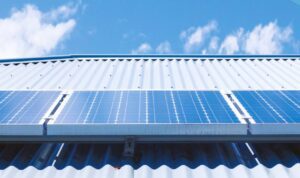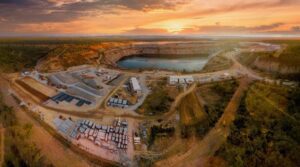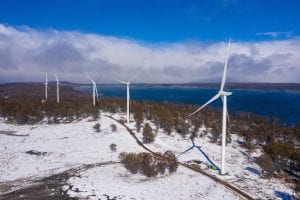Plans to develop a 300MW pumped hydro energy storage project in the New South Wales New England region would generate hundreds of jobs and tip tens of millions of dollars into dwindling coal economies, a new study has found.
Walcha Energy, a joint venture between Mirus Energy and Energy Estate, is proposing to build more than 4GW of wind and solar and up to 10 gigawatt-hours of mixed energy storage, including big batteries and a pumped hydro project at the Dungowan Dam.
An economic impact assessment of the $580 million Dungowan PHES by consultancy ACIL Allen has found the pumped hydro component of the project would deliver significant economic benefits to the region, which hosts some of the state’s biggest coal communities, as they transition away from the fossil fuel.
The report, published in full on Thursday, found that over the five years it was expected to take to build the initial 300MW, 10-hour phase of the Dungowan PHES, the project would generate 500 full time jobs on average, using workers mostly from the New England and Upper Hunter regions.
ACIL Allen also forecast that an additional $2.5 billion in gross product or $57 million a year would be generated by the project, with the vast majority of that sum – or around 85% of all operational expenditure – likely to be spent in the local region over the 50-plus years of its operational life.
Post construction, the Dungowan Dam facility was expected to support “signficiant enduring lcoal employment opportunties,” the report added, with 35 full-time equivalent direct jobs and a further 58 full-time equivalent jobs in the lcoal region.
All told, ACIL Allen’s modelling suggested that the roughly $8.5 million a year that flowed from the project would translate into a “real income boost” of around $150 a year per resident of the local region.
Walcha Energy director Simon Currie said the results of the study underlined the significance of building large-scale, long life infrastructure such as pumped hydro to support NSW regional communites and help build out the state government’s New England REZ.
“Walcha Energy has the ability to offer dispatchable energy to NSW consumers and large energy users through our portfolio of wind and solar backed up by batteries and pumped hydro,” Currie said.
“We strongly support the accelerated build-out of transmission infrastructure for the NSW Renewable Energy Zones which will enable retirement of coal-fired power stations and help NSW on its journey.”
Dungowan Dam has been supported by the NSW government through a grant under its Emerging
Energy Program to complete pre-investment feasibility studies. GE is the technical partner for the
project under a joint development agreement.
Its proponents says its added benefits include its close proximity to proposed new transmission lines for the New England REZ, as well as the option of connecting to Tamworth sub-station to pipe renewable energy to the north and the west.
The project is also said to have a high level of “buildability,” due to the existing road access to the upper and lower reservoirs, and to hold promise for future expansion – Walcha says there’s potential to add additional phases of up to 700MW, with a possible 24-hour operation.
Pascal Radue, president and CEO of GE Renewable Energy’s hydro division, describes Dungowan as one of the best pumped hydro opportunities in Australia.
“[This project] proves that with hydropower we can not only significantly advance the energy transition in Australia but also create significant added value for the economic development of the region, the state and the country,” Radue said this week.
Walcha Energy says the Dungowan PHES is currently undergoing scoping studies, with a lot of work already completed around the feasibility and suitability of the site, which it says puts it ahead of many competing proposals.

